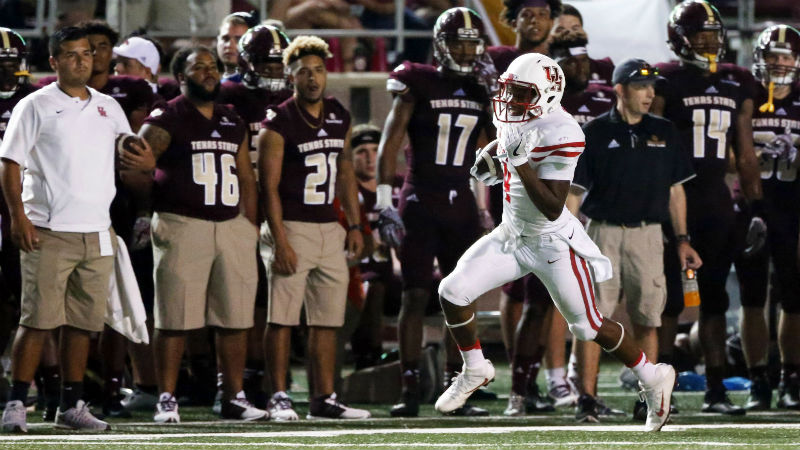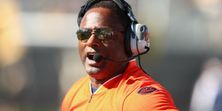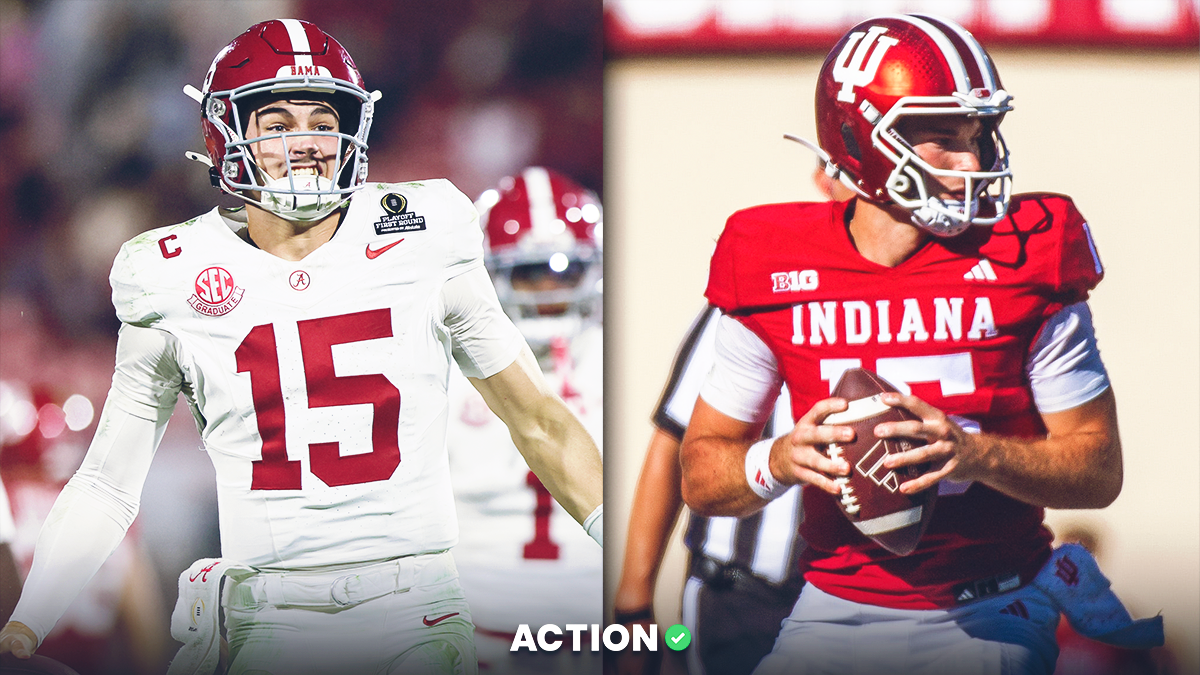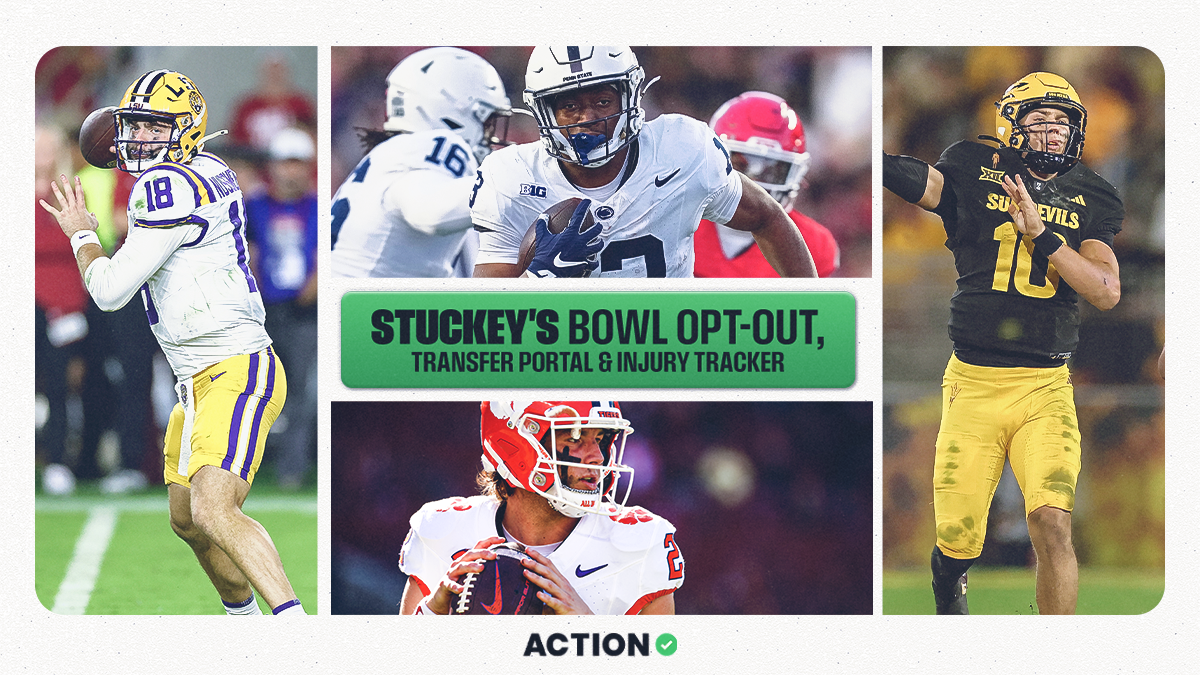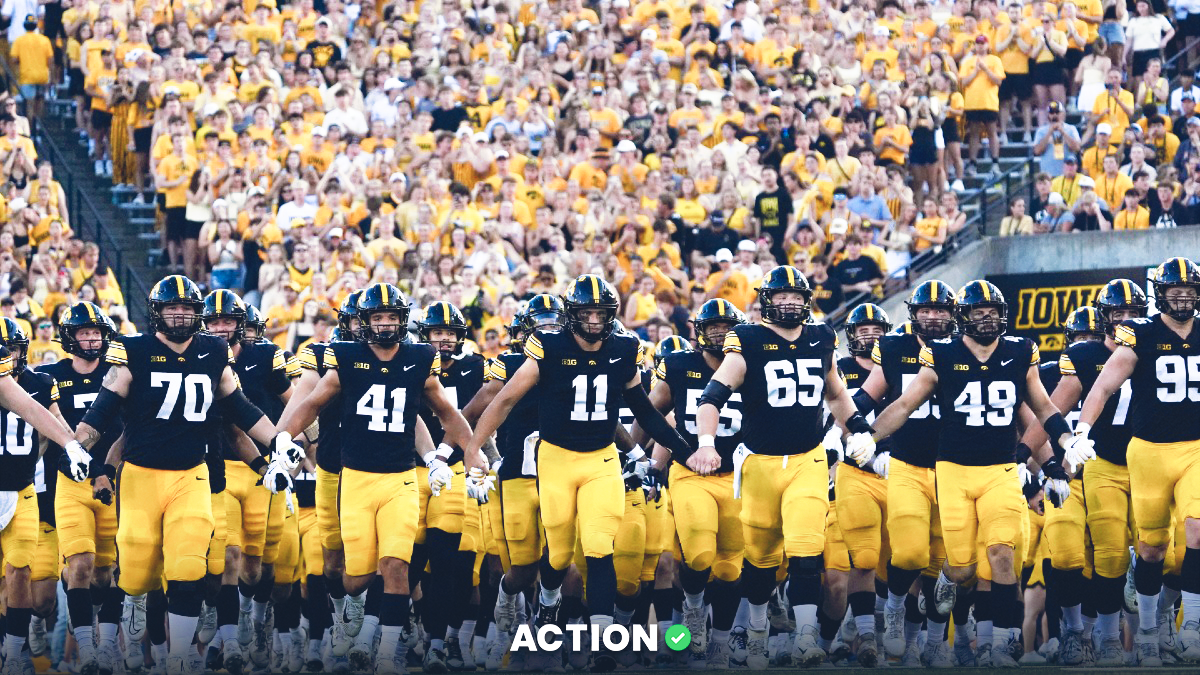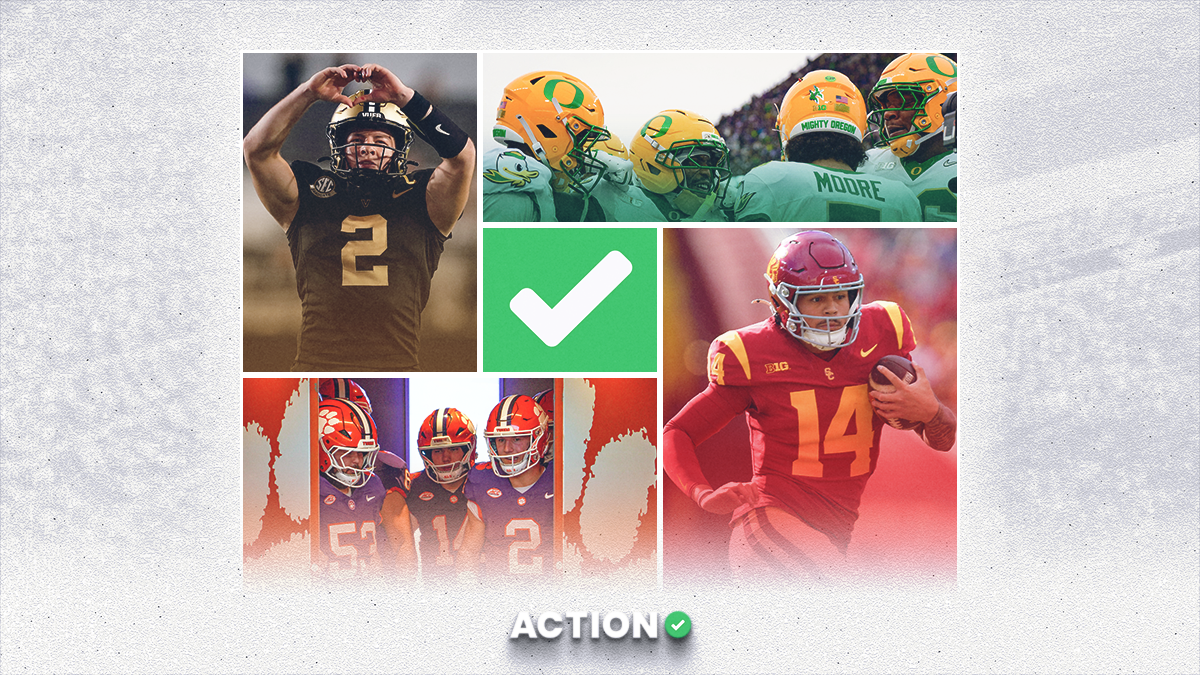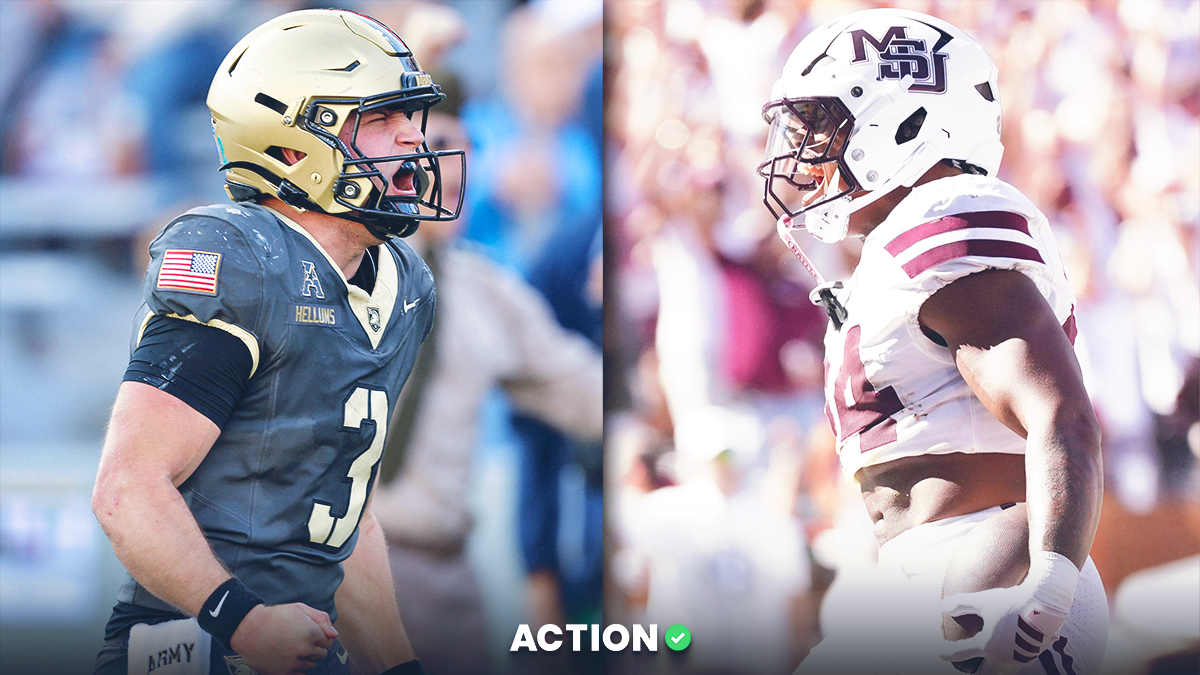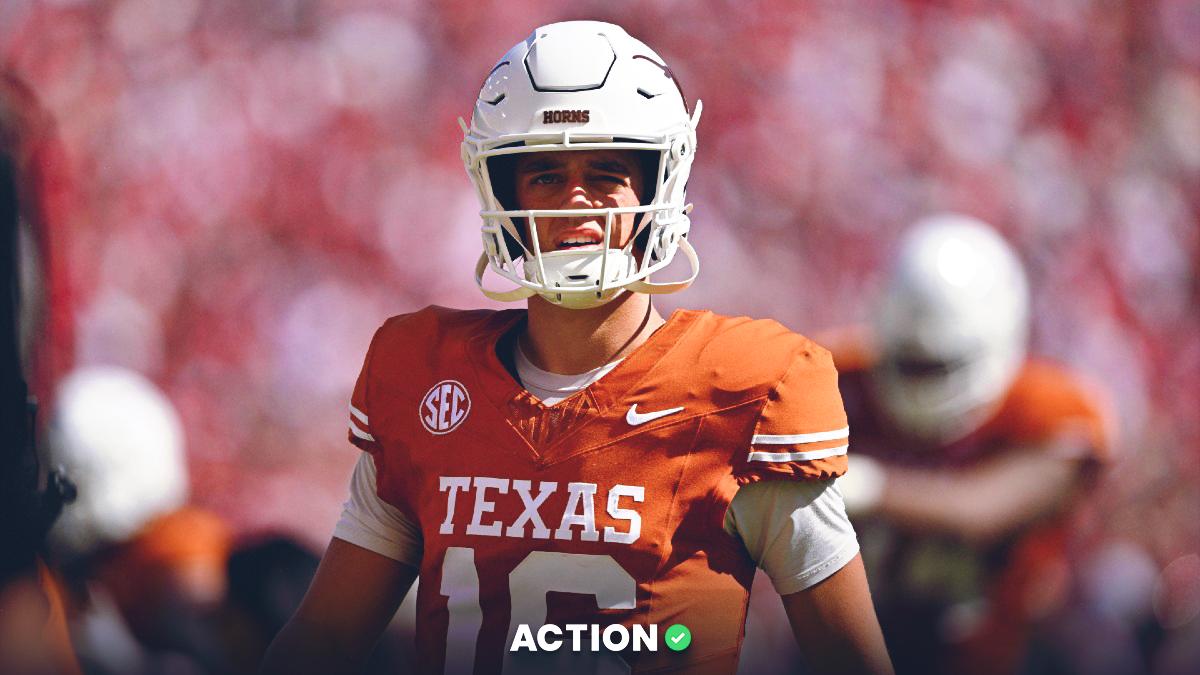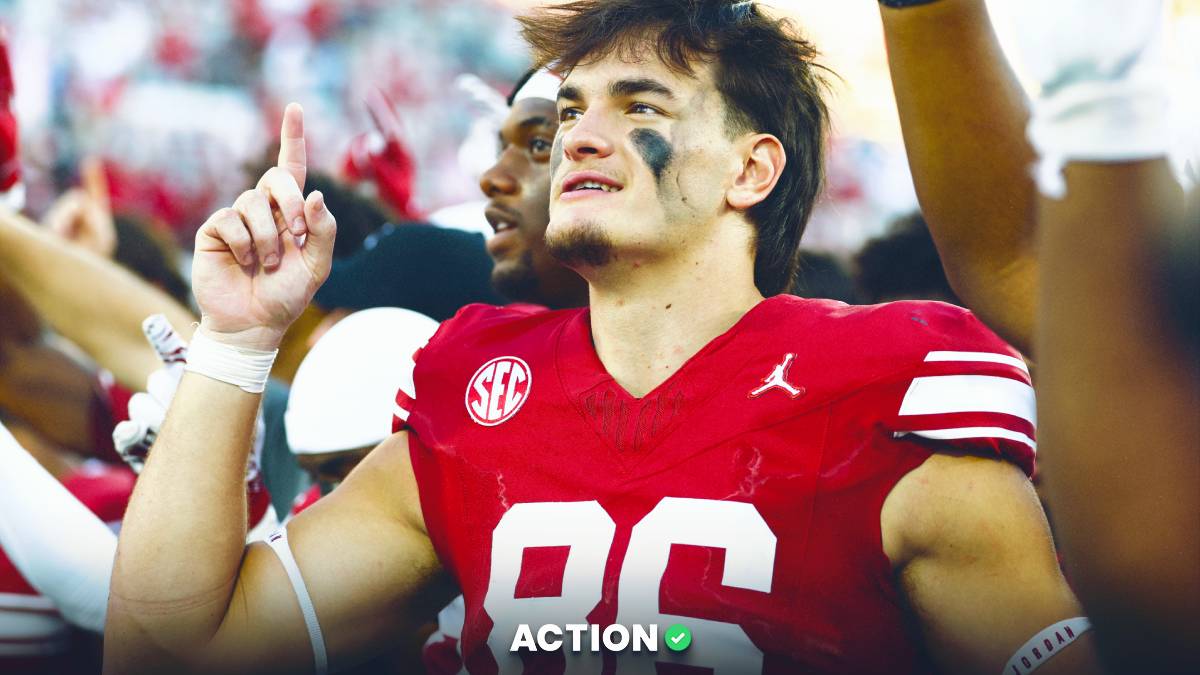- Big plays are everything in college football, and Collin Wilson has been incorporating explosiveness metrics into his handicaps for several years.
- Below he examines whether generating big plays on offense or preventing them on defense is more important for covering spreads.
- He also gives out a few teams he'll be looking to bet in 2019 because of their expected improvements in the big play department.
If there is one term that has taken the college football world by storm, it is explosiveness.
Originally derived from Football Outsiders' five factors many years ago, it's become all the rage among media and coaches. That's because the "Points Per Play" winner cashes the moneyline in 86% of games.
You simply need big plays to win, especially in college football.
With a small sample set in 2014, I began to integrate explosiveness into my daily handicap. Soon enough, IsoPPP — the best measure available of each team's big play ability on both offense and defense — was a part of every Saturday.
One Saturday it was especially apparent — 2017 Bedlam, Oklahoma vs. Oklahoma State. Those teams accounted for two of the four best offensive IsoPPP ratings in the history of the metric. A 62-52 final score indicates that.
In this piece, I'm trying to see how the best and worst teams in terms of explosiveness have fared against the spread. Looking back to 2015 data, we have a 500-piece sample set to base offensive and defensive explosiveness to help decipher the team dynamics that really matter.
Further, a look at 2018 IsoPPP and returning production will give us some teams to bet on and fade in 2019.
Here are the ATS records for each group of teams.
IsoPPP team trends since 2015. Advanced statistics courtesy of Football Outsiders.
Offensive and Defensive IsoPPP ATS Trends
The top 100 IsoPPP offensive ratings from the past four seasons of data dictate a win percentage greater than 53%.
As the ranks get lower to the top 25 and top 10, the winning percentage increases. Offenses such as 2016 Penn State and 2017 Georgia had a top 25 IsoPPP rating and covered 10 games against the spread — mainly because the market didn't expect their offenses to be that good.
Preventing big plays on defense also plays a big part. Most of the top 50 are good enough to cover the juice on a standard -110 bet, but the top 10 over the past four years have covered at a 58% clip.
Is Offensive or Defensive Explosiveness More Important?
It seems foolish to simply take a list of the top 25 offensive and defensive ratings and bet blindly. So is either side of the ball more important?
Let's compare offensive and defensive IsoPPP gaps. The goal was to see if explosive offenses that also limit big plays on defense cover the spread at a higher rate. The higher the IsoPPP number on defense, the worse that team is at preventing big plays, and vice versa for offense.
2016 Penn State represents one of the greatest positive marks, with an offensive rating of 1.44 and a defensive of 1.11, both top 30 in the country. The Nittany Lions went 10-3-1 ATS.
In general, we know fading teams that cannot stop big plays is fruitful. But if they also can't generate big plays on offense, it will likely be extremely profitable to bet against that team.
Multiple teams have a discrepancy of 0.28 or more between defensive and offensive IsoPPP ratings — and that's a very bad thing.
For example, 2018 Georgia State had a 1.43 defensive IsoPPP and 1.15 offensive IsoPPP while going 2-9-1 against the number. 2015 Charlotte and UCF and 2018 UConn, with bottom feeding defensive to offensive ratings, covered just two games all season.
The result is a losing mark of 40.5% for teams with a defensive to offensive disparity of .51 to .35. That number moves to 42.8% for .51 to .17.
So a defense's inability to limit explosive plays trumps offensive explosiveness with respect to the betting number. In general, a college football bettor should look to bet against a team with worse defensive than offensive IsoPPP rating.
Projecting IsoPPP for 2019
The numbers I'm using are a little bit self-fulfilling. They're end-of-season ratings, so a team that had its explosiveness ratings hurt in a game obviously didn't cover the spread.
So we need to identify the best big play teams before everyone else.
Houston joins Memphis with one of the highest ranks in offensive IsoPPP and returning production. Their AAC showdown will determine the West division. Houston will deal with plenty of gaps in all units of the defense, while Memphis must improve in stopping plays over 30 yards.
Surprisingly, Florida State makes the list on the offensive side of the ball. With Kendall Briles calling the offense and plenty of defensive returning players, the Seminoles are a Week 1 Action App play against Boise State.
Florida International has plenty of returning experience on both sides of the ball. In 2018, those Golden Panthers were excellent at preventing and making explosive plays.
The rout is now officially on! Maurice Alexander takes the short pass from James Morgan to the house from 38 yards out as @FIUFootball opens up a 35-10 lead on @UMassFootball. #CUSAFB#TheCUSAWay#UMASS#FIUpic.twitter.com/721pKPMQaT
— beIN COLLEGE SPORTS (@beINCOLLEGE) September 16, 2018
Cal returns plenty after a 2018 defensive finale in the Cheez-It Bowl. Georgia tops the defensive list with a sub-1.00 IsoPPP rating and 36th in defensive returning production.
Georgia had one of the lower havoc rates in comparison to 2017, but was successful in explosive play prevention. The Dawgs were very bend-don't-break on defense. If Kirby Smart gets a havoc-minded player to emerge, my first bet of 2019 — Georgia to win the national title at 12-1 — will be a winner.
2020 @CFBPlayoff National Champion Future from @SuperBookUSA
Georgia 12/1 pic.twitter.com/sjOBTwQlbf
— Collin Wilson (@_Collin1) January 8, 2019


